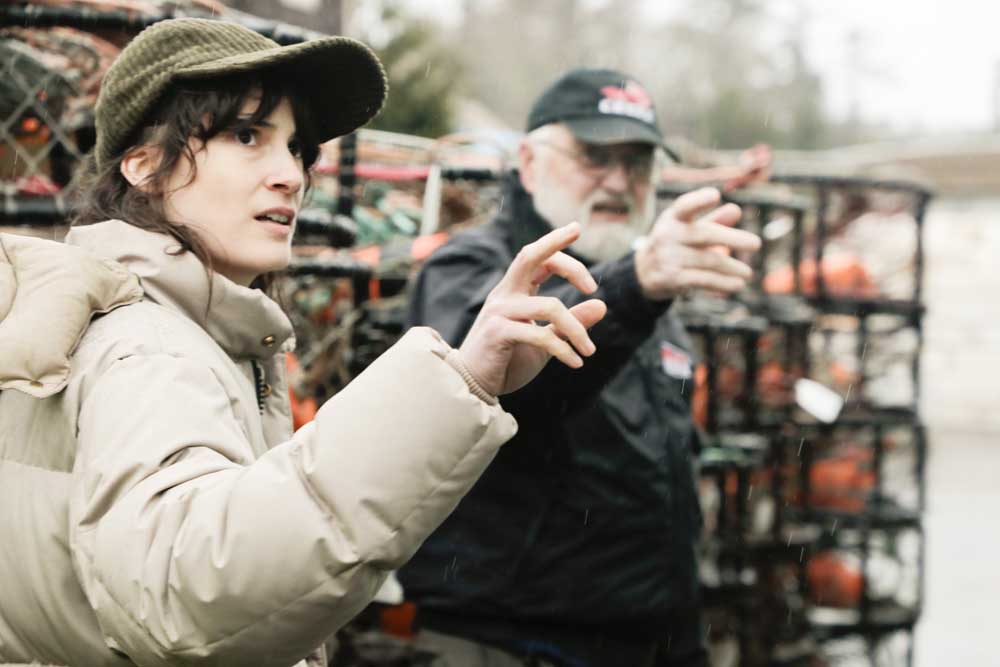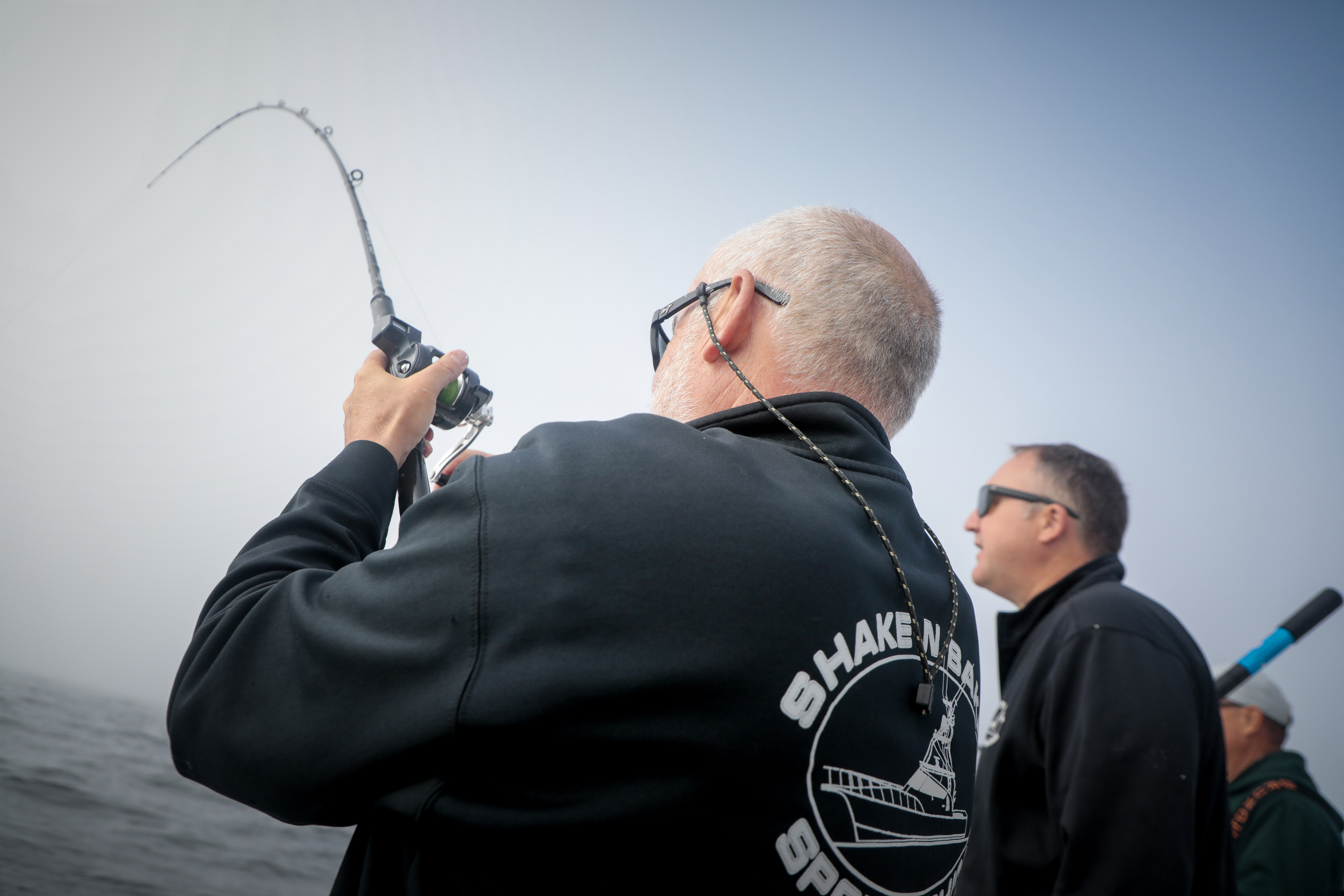Editorial: Ilwaco’s community forest is inspirational
Published 9:42 am Tuesday, January 17, 2023

- Bear Ridge Community Forest now includes an additional 210 acres of land and timber previously owned by Weyerhaeuser, plus an additional 178 acres of timber deeds on city-owned land.
Blessed as we are with six to 10 feet of pure Pacific Ocean rain each year, water quality is seldom something most of us think about. At a time when much of the West struggles to have enough water to meet residential, industrial and agricultural needs, it might seem water is the least of our worries.
Trending
Long-time residents know that potable, good-tasting water isn’t guaranteed. That’s a big reason to celebrate Ilwaco’s successful campaign to create a substantial buffering forest around its municipal reservoir and watershed.
In recent decades, Ilwaco’s water has come from the rain that falls in a valley on the slope of the southern Willapa Hills nearer to Chinook than Ilwaco. The city’s water quality has improved in recent years as submerged woody debris in Indian Creek Reservoir has gradually diminished as water treatment has improved. However, the reservoir has always been at risk of increasing sediment loads if large-scale logging resumed nearby.
A more distant threat hovers in the form of eventual conversion of forestlands to other purposes, chief among these being residential development. This could be a century away, but is nearly inevitable as the Pacific Northwest’s comparatively benign climate attracts and retains residents. Forested hills with ocean views will become more valuable for housing than for wood products. Now is the time to protect watersheds and parks for future generations. Ilwaco is smart to do so.
Trending
The city of Long Beach similarly relies on treating rain that falls on a nearby hillside, but its watershed has been subject to the more typical situation of being logged.
Few need to be told that the peninsula sits atop a constantly recharged aquifer of fresh water that rests like an enormous water balloon atop the surrounding saltwater of the ocean and Willapa Bay. It’s a remarkable asset for all the humans, animals and plants that live here, but one we can’t take for granted.
Around 25 years ago, as residential development was in the midst of a growth spurt, some of the peninsula’s many gravity-fed septic systems began showing signs of becoming unsafe. With unsophisticated permitting and regulation, some were approved during the dry season and couldn’t cope in the winter and spring when the water table is often close to the surface. Even worse, some residential lots relied both on failing septic systems and shallow water wells.
Infamously, a county commissioner from that time said he would start to worry about water quality when cholera began sickening people, and not before. Thankfully, voters didn’t agree.
As Ilwaco is in the process of discovering, protecting high-quality water comes with many fringe benefits — preserving green space, allowing a range of diverse recreational activities, and even enhancing a community’s reputation for environmental stewardship. Here in the forested Northwest, it also encompasses income opportunities from selective logging and sale of carbon sequestration credits.
All our local communities should do their best to envision and pursue similar opportunities.
Commendations to Ilwaco City Councilor Matt Lessnau and the rest of Ilwaco’s leadership team, plus Weyerhaeuser, the Trust for Public Land, and our state and federal lawmakers for recognizing a great idea and supporting it.









